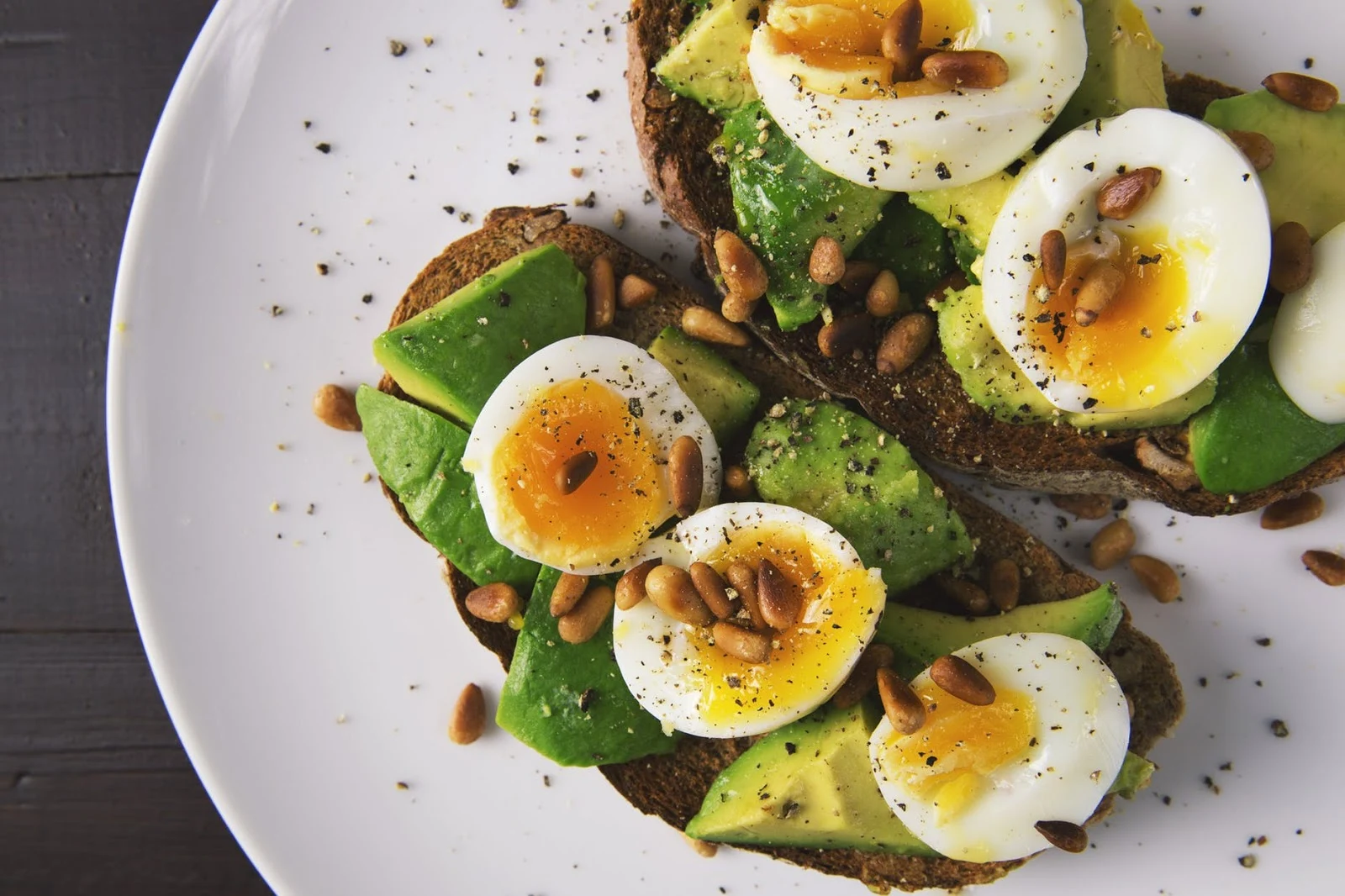Ad Code
Translate
List of 6,000+ Dofollow Commentluv Blogs FREE (Updated 2025)
January 16, 2025
What is Ozempic (semaglutide)? (Updated in 2025)
January 30, 2025
How To Find Suitable Properties In Cyprus? (Updated in 2025)
January 11, 2025
Smart strategies for trading on crypto exchanges
February 18, 2025
What to replace milk and milk products?
Khabza Mkhize
July 28, 2019
The dairy-free diet is usually followed by vegans and allergy sufferers. However, milk and dairy products have many valuable nutrients.
How to replace them?
The dairy-free diet consists in temporarily or permanently excluding from the menu not only milk and dairy products, but also products that contain milk proteins (whey and goat cheese) or trace amounts of this drink. A dairy-free diet is recommended in particular to people who are allergic to cow's milk proteins. The indication may also be lactose intolerance. Vegans also avoid milk and all milk products, as they are animal products.
A dairy-free diet in cases of milk protein allergy is often the only way to cure it. However, it is worth remembering about the risk associated with calcium deficiency. In a dairy-free diet it is necessary to include products rich in this mineral ingredient. If you're interested in other types of elimination diets, check out Product-Port
Allergy to milk proteins
The first symptoms of allergy to milk proteins appear around 6 months old. However, it should be emphasized that the implementation of all kinds of elimination diets (and the dairy-free diet) in such an early period of life threatens to develop irregularities. After eliminating the allergen, eating disorders may occur (manifesting, among others, reduced food tolerance). It is estimated that in 10% of children suffering from this condition it is indispensable to exclude beef from the diet.Calcium deficiency - risk included in the dairy-free diet
For a dairy-free diet to fulfil its task, it should abound with products that cover the body's need for nutrients contained in milk and milk products. However, you should be aware of the risk of calcium deficiency. Calcium is primarily the building blocks of bones. This component is also responsible for blood clotting, determines normal nerve conduction and affects muscle contractility.What products contain milk proteins?
Milk proteins are found in sweet bread, sweets, sausages, pate, canned food, and even in sauces! A dairy-free diet also excludes the consumption of kefirs, yoghurts, buttermilk, cheese (curd, homogenized and yellow), cream, butter, milk desserts, as well as protein supplements intended for people practicing sports.What to eat then?
First of all, milk replacers - cow milk protein hydrolysates. It should also enrich the diet with elementary mixtures, meat homogenates, soy isolates, vegetables, fruits and cereal products. Immediately after milk, most of the calcium contains some vegetables and fruits: green beans, beets, broccoli, raspberries and oranges. A rich source of calcium is also dry legume seeds, eggs, meat, fish, nuts (especially hazelnuts), almonds and poppy seeds.A dairy-free diet in cases of milk protein allergy is often the only way to cure it. However, it is worth remembering about the risk associated with calcium deficiency. In a dairy-free diet it is necessary to include products rich in this mineral ingredient. If you're interested in other types of elimination diets, check out Product-Port
Featured Post
12 Prominent new technologies and trends emerging in 2025
Khabza Mkhize-
April 02, 2025
Soapie Teasers
Sister Sites
Most Popular
List of 6,000+ Dofollow Commentluv Blogs FREE (Updated 2025)
January 16, 2025
Smart strategies for trading on crypto exchanges
February 18, 2025
Popular posts
List of 6,000+ Dofollow Commentluv Blogs FREE (Updated 2025)
January 16, 2025
Smart strategies for trading on crypto exchanges
February 18, 2025
Footer Menu Widget
Created By Blogspot Theme | Distributed By Gooyaabi Templates


Social Plugin